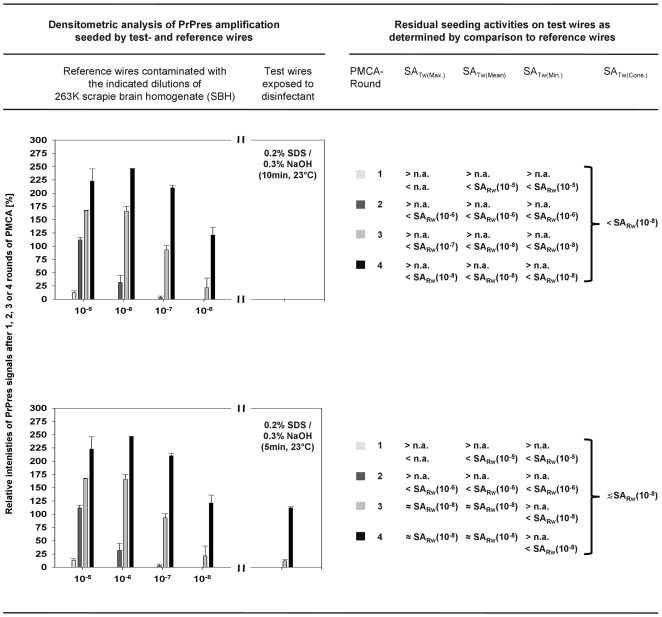Figure 5. Quantification of residual proteinaceous seeding activities on prion-contaminated steel wires after exposure to a mixture of 0.2% SDS and 0.3% NaOH.
(Left panel) Densitometric analysis of PrPres amplification detected for test- and reference wires in sample set 1 of Figure 4. The horizontal axis of plots represents reference wires contaminated with the indicated dilutions of SBH (left to axis break), or test wires exposed to 0.2% SDS/0.3% NaOH for the indicated reaction times (right to axis break). The vertical axis of plots indicates the relative staining intensities of PrPres signals found for reference or test wires after 1, 2, 3 and 4 rounds of PMCA expressed as a percentage of the staining intensity of the reference standard (i. e. PK-digested brain homogenate from scrapie hamsters corresponding to 1×10−6 g brain tissue). The color coding of bars representing the first, second, third and fourth round of PMCA is defined in the column “PMCA-Round” of the right panel. Upper parts of symmetrical error bars are reproduced in order to indicate the variation (i. e. the range) of results for duplicate reference samples and individual test samples after three independently performed densitometric measurements of Western blot signals. (Right panel) Classification of residual seeding activities of test wires in relation to the seeding activities of reference wires for 1, 2, 3 and 4 rounds of PMCA, and deduction of consolidated values of residual seeding activities on test wires (assessments refer to the reaction times of 0.2% SDS/0.3% NaOH specified in the plots on the left hand side). Explanation of abbreviations: SATW[Max.], SATW[Mean], SATW[Min.] and SATW[Cons.]; maximum-, mean-, minimum and consolidated values of the seeding actvity of test wires. N.a., no assessment. SARW(10−5) - SARW(10−8) designate seeding activities of reference wires contaminated with 10−5- to 10−8-diluted SBH.

